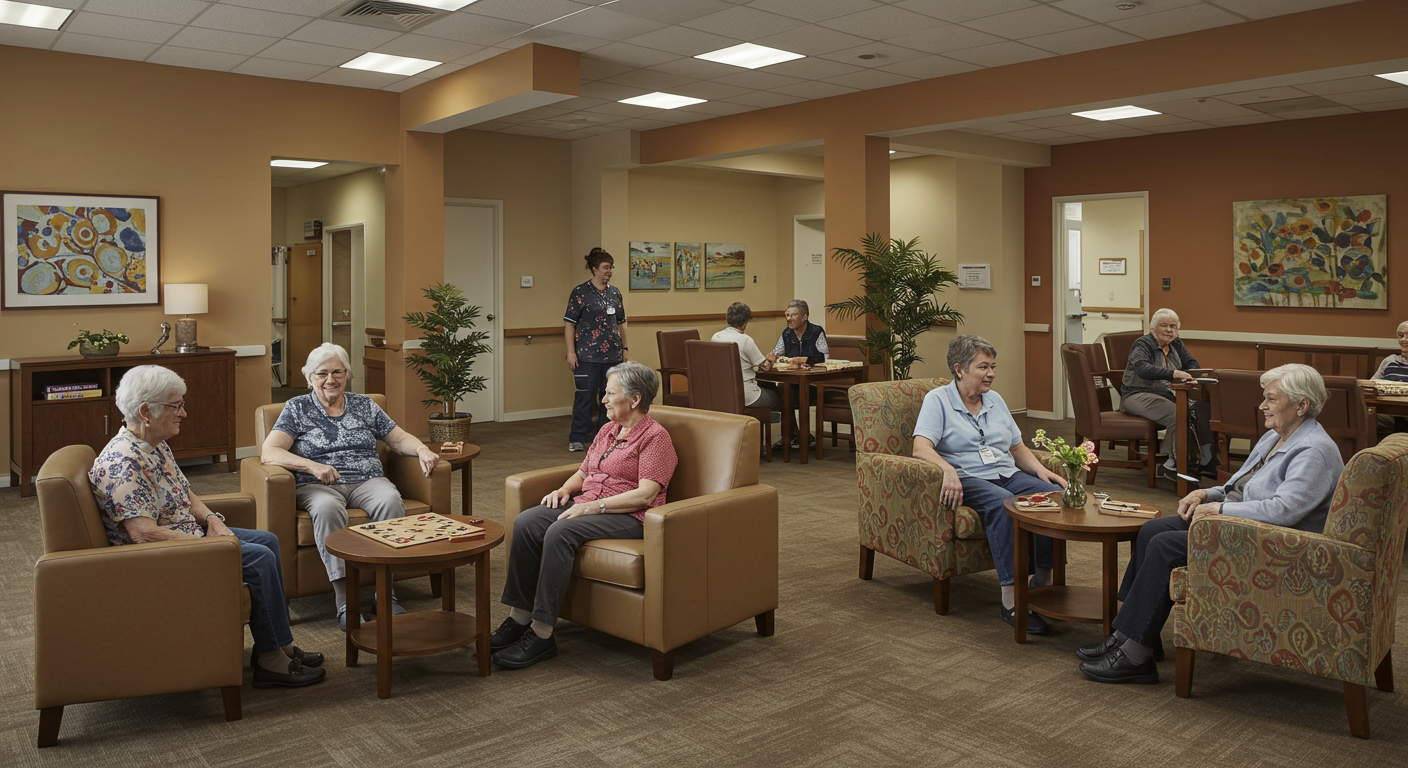
Choosing the right senior care facility is a crucial decision that influences the overall quality of life for elderly individuals. As seniors face various physical and emotional challenges that come with aging, the environment where they reside can significantly shape their day-to-day experiences, health, and well-being. In this article, we’ll explore how the selection of a senior care facility impacts quality of life and what key factors families should consider during this essential choice.
The Growing Need for Senior Care Facilities
The aging population is becoming increasingly diverse, and the demand for safe, supportive living arrangements is rising. With more adults entering their senior years, there is a growing need to understand the range of senior care options available. This shift highlights the importance of planning and providing appropriate support to help older individuals maintain their quality of life and well-being as they age.
Types of Senior Care Facilities
It’s essential to understand the different types of senior care facilities available. Each type caters to varying levels of independence and care needs. Here’s a summary of common options:
- Assisted Living Facilities (ALFs): These facilities provide support with daily activities, promoting a balance of independence and assistance.
- Continuing Care Retirement Communities (CCRCs): Ideal for seniors seeking a comprehensive range of services, allowing for an ongoing continuum of care as needs evolve.
- Memory Care Units: Specialized environments focusing on cognitive impairments, particularly for residents with Alzheimer’s and dementia.
- Respite Care Services: Temporary placements designed to give primary caregivers a much-needed break.
Influence of Environment on Quality of Life
The physical environment of a senior living facility plays a significant role in shaping residents’ perceptions of their quality of life. Various aspects contribute to this connection:
1. Design and Accessibility
Senior-friendly designs that prioritize accessibility enhance mobility and independence. Features such as ramps, wide hallways, and non-slip flooring create a safer living space. Additionally, proximity to local amenities, such as parks and shops, can foster an engaging lifestyle for residents.
2. Social Engagement Opportunities
Social environments heavily influence mental health and emotional well-being. Communities that promote interaction through shared activities or group outings have a profound impact on reducing feelings of isolation and loneliness. A vibrant social calendar helps residents forge meaningful connections with others, making a significant difference in their quality of life.
3. A Home-Like Atmosphere
Facilities emphasizing a home-like atmosphere can ease the transitional challenges that seniors face. Residents often report that personalizing their living space with familiar belongings positively influences their sense of security and belonging. Community culture should encourage autonomy and privacy, allowing seniors to maintain their individuality and independence.
Quality of Care: A Key Determinant
Excellent care directly correlates with quality of life. Whether it’s personal support workers or licensed practical nurses, staff training and qualifications are crucial in providing effective assistance. Families should prioritize facilities that emphasize ongoing staff training, ensuring caregivers are well-equipped to meet the evolving needs of their residents.
Staff-to-Resident Ratios
Another crucial consideration is the staff-to-resident ratio. Higher ratios often lead to more personalized care, fostering a supportive and attentive environment. A lower ratio might give rise to neglect in individualized attention and care, leading to decreased satisfaction among residents.
The Financial Factor
When choosing a senior care facility, financial considerations are typically at the forefront of many families’ minds. Understanding the fee structure, including any additional costs, is critical. Here are some aspects to evaluate:
- Monthly Fees: Know what expenses are encompassed within these fees, like meals and healthcare services.
- Entrance Fees: Be aware of one-time costs and assess their value against included services.
- Payment Options: Explore different payment methods and possible financial assistance programs.
Value for Money
It’s essential to remember that a higher price does not always guarantee better quality. Engaging with current residents can provide insights into whether the services offered align with expectations and needs.
For more insight into finding the right fit for your loved ones, consider visiting La Edad Prodigiosa for tailored guidance and support.

